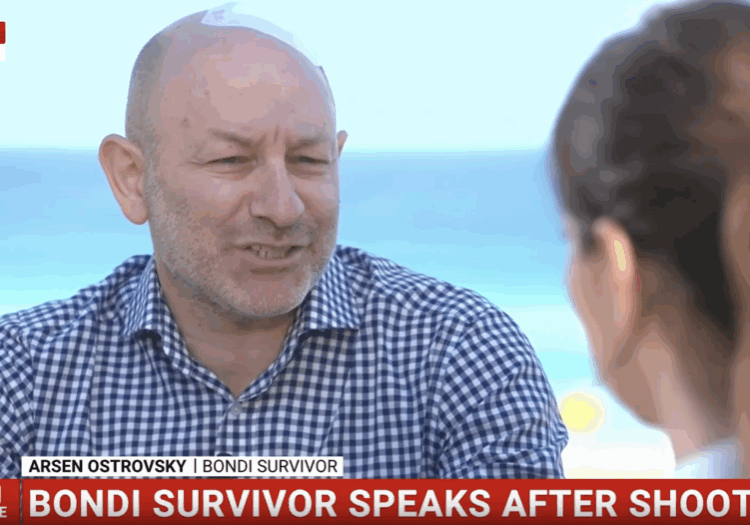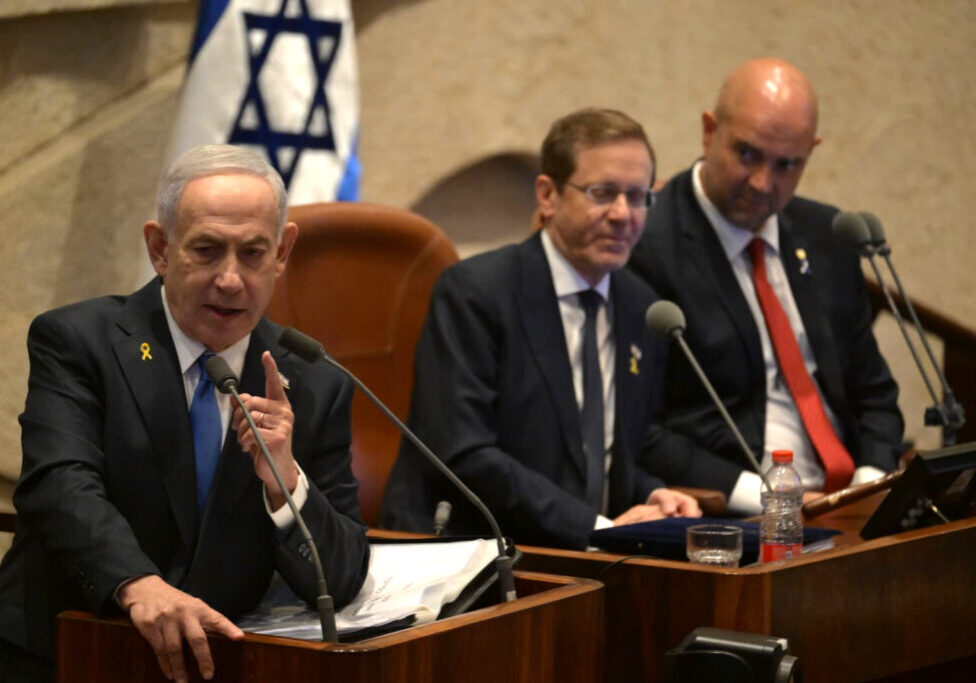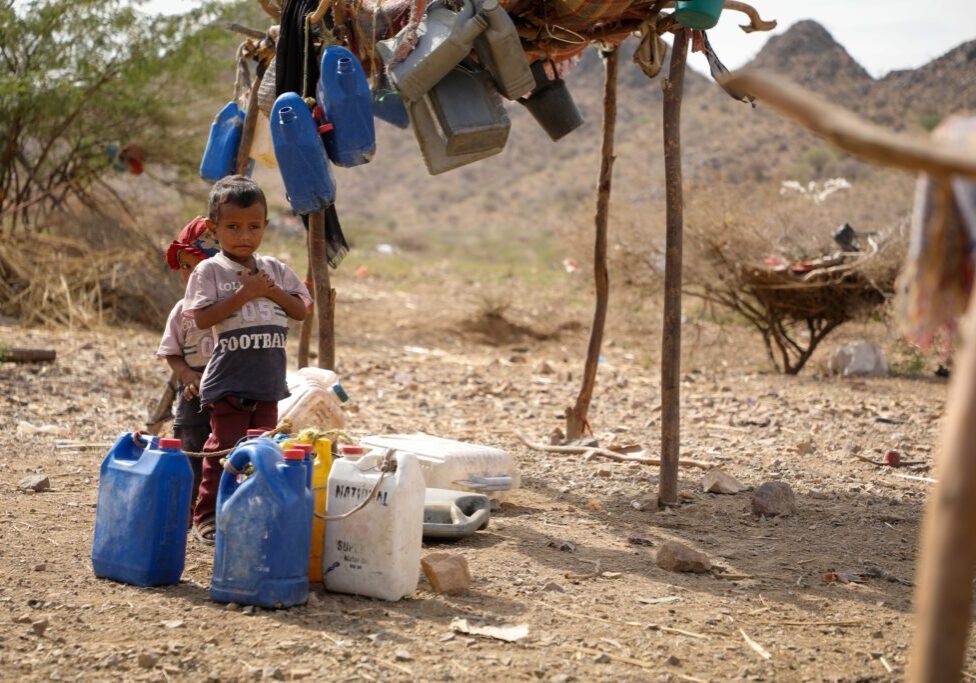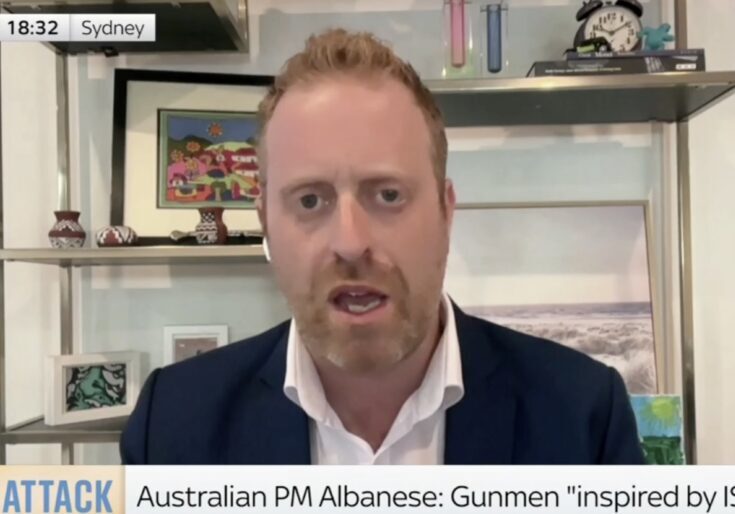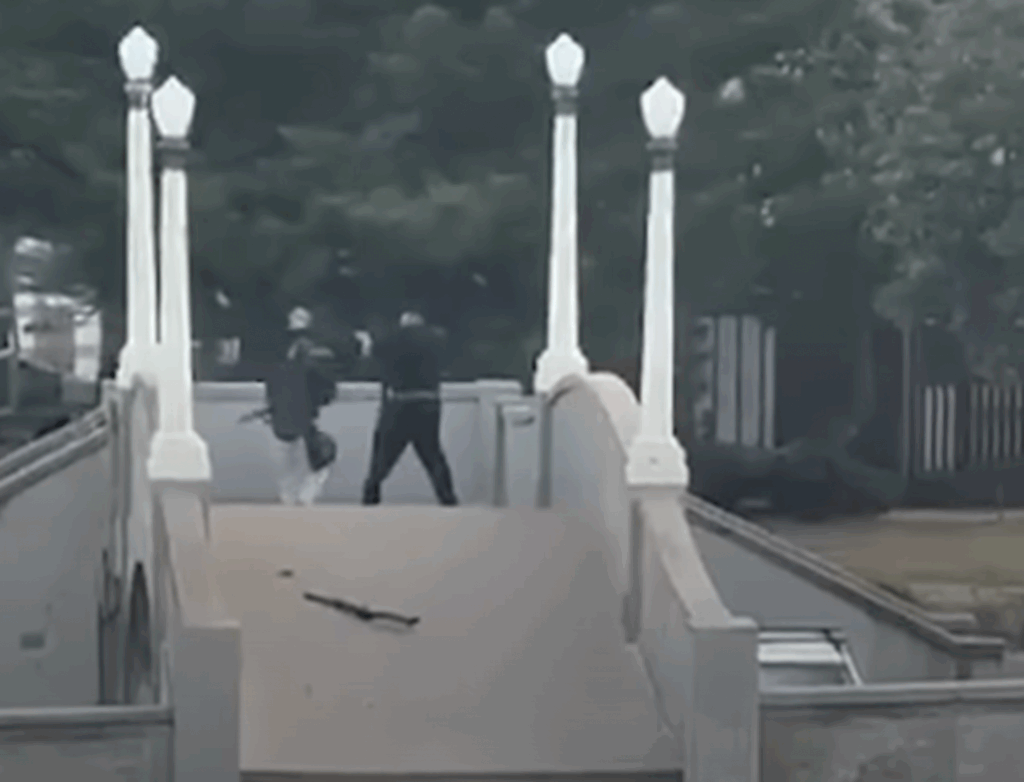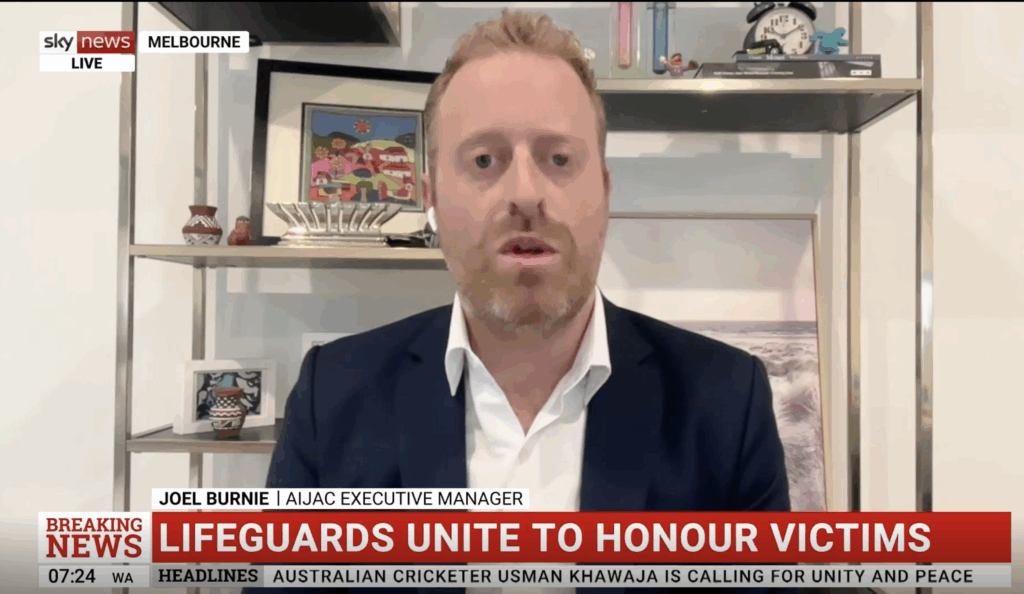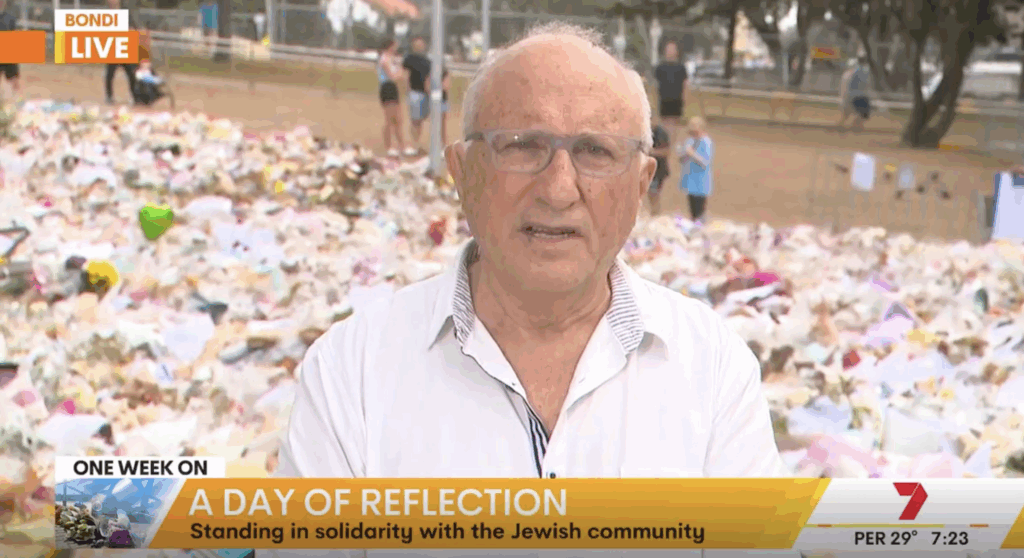FRESH AIR
Hezbollah’s explosive global plans: London explosives cache highlights terror group’s stockpiling efforts for shadow war with Israel
June 17, 2019 | Oved Lobel
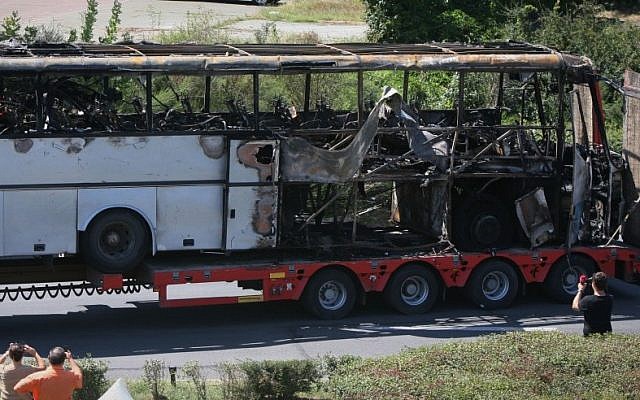
On June 9, journalist Ben Riley-Smith broke a quite literally explosive story for the UK Telegraph about Hezbollah, reminding the world that it remains a very active transnational terrorist group with an extensive global infrastructure which serves as a core component of Iran’s shadow war with Israel.
In September 2015, thanks to a tip-off from a foreign government, reportedly Israel, police and intelligence agents in London raided four properties and uncovered three metric tonnes of the explosive agent ammonium nitrate contained in thousands of ice packs. Unlike similar cases dating back to 2008, this raid was done under wraps, didn’t involve any prosecutions, and was kept secret until the Telegraph revelations.
Riley-Smith’s reporting makes it clear the Hezbollah cell that stockpiled these ice packs in London was part of a much broader Hezbollah operation to stash ammonium nitrate ice packs and other explosive materials in strategic locations all over the world, and is closely connected with previously reported plots from Thailand to Cyprus. An Israeli intelligence official later confirmed the story, claiming Israel’s Mossad intelligence agency had been tracking and disrupting similar Hezbollah global explosive stockpiling efforts, including in New York and other countries in Europe, for years.
Dr. Matthew Levitt, one of the foremost researchers of Hezbollah and Iranian-linked terrorism, explored the discovery of 8.2 tonnes of ammonium nitrate ice packs in Cyprus in 2015 and the arrest and subsequent conviction of Hussein Bassam Abdallah as a Hezbollah agent planning attacks on Israeli or Jewish targets in the country.
Levitt cited Israeli investigators claiming that Cyprus was also the “point of export” for other planned attacks throughout Europe, including possibly for the bombing of an Israeli tourist bus in Burgas, Bulgaria, in 2012. The Cyprus stockpile, it turns out, had been stashed there since at least 2011, which was likely true of the 2015 London find as well. In 2012, just before the Burgas bombing, Cyprus law enforcement officials busted another Hezbollah agent, Hossam Taleb Yaacoub, surveying Israeli targets for potential attack, demonstrating the two attacks were connected and part of an all-out war meant to be unleashed on Israel in 2012.
According to a document prepared by analysts at the New York Police Department and obtained by Reuters, Iran’s Islamic Revolutionary Guard Corps (IRGC) and its Lebanese branch, Hezbollah, were linked to at least nine plots against Jewish or Israeli targets across the world in 2012 alone, including an unreported attempted attack in Bulgaria prior to the Burgas bombing. Aside from that, there were also two different plots in Thailand, and one each in India, Georgia, Azerbaijan, and Cyprus.
When the US announced it had arrested the US-based Hezbollah operatives Ali Kourani and Samer El Debek in June 2017, it charged them with surveying potential targets, including the Israeli embassy in Panama and Israeli Defence Force personnel in the US, among other activities on behalf of Hezbollah. More interesting, however, as Levitt points out, is that Kourani was allegedly tasked with flying to Guangzhou, China, in 2009, where the ammonium nitrate-based first aid ice packs found elsewhere were being manufactured. Debek, meanwhile, claimed his relative had carried out the Burgas bombing, and in 2009 was sent to Thailand to clean up an explosives storage site Hezbollah suspected was under surveillance.
A further storehouse filled with approximately four tonnes of explosive agents, including ammonium nitrate, presumably in ice packs, was raided by Thai police after their arrest of the Hezbollah agent Hussein Atris in January 2012.
Atris claimed the explosives were not for use in Thailand, and the National Police chief said they were found in shipping crates for export to other countries and that the cache had been hidden there for at least a year. Contextually, that likely means they had been there since 2009, when El Debek went to clean up a different storage area and Kourani flew to China, probably to arrange shipment of more ammonium nitrate ice packs.
Yet some of the explosives clearly were for use in Thailand, as a series of botched bombings in February 2012 in Bangkok demonstrated. These attacks, planned and nearly executed by an IRGC cell, were reportedly aimed at assassinating Israeli diplomats and potentially attacking other Jewish targets. Moreover, they came one day after identical attacks targeting Israeli diplomats in Tbilisi, Georgia and New Delhi, India.
All of these attacks involved “sticky bombs” placed on cars by passing motorcyclists, although only the attack in India resulted in injuries, including an Israeli defense envoy’s wife. They were apparently overseen by the same cell. Only a few days before this, Azerbaijan arrested IRGC agents plotting to assassinate the Israeli ambassador and a local rabbi, likely timed to coincide with all the other attacks, which were to be carried out as close as possible to February 12, the anniversary of the alleged joint Mossad-CIA assassination of Hezbollah’s arch-terrorist Imad Mugniyeh. As one French official put it to ProPublica, “Iran wanted to strike fast and strong. But they weren’t ready. It was intended to send a signal. They failed.”
This failure didn’t come for lack of trying. In June 2012, for instance, just before the Burgas bombing, two IRGC officers were arrested in Kenya, planning to attack Israeli targets in the country. Two months later, Israel’s police and Shin Bet security services arrested 14 Arab residents and indicted 10 for helping to smuggle in explosives and weapons on behalf of Hezbollah in order to conduct attacks within Israel.
And the planning didn’t stop in 2012. In May 2013, Nigeria arrested three Lebanese men it accused of belonging to Hezbollah and planning to attack Israeli targets, among other Western interests. In April 2014, two Hezbollah operatives were arrested in Bangkok, part of a massive cell that intended to attack Israeli tourists. In October 2014, Hezbollah operative Muhammad Amadar was arrested in Peru with explosives, having been caught scoping out local Jewish, as well as Israeli, targets. According to Levitt, a similar plot was disrupted in Bolivia around 2015, and a Saudi paper reported in 2017 that Bolivian police foiled a would-be Hezbollah plot to conduct large attacks against tourists in Bolivia, Peru, and Chile.
Nor did the planning start in 2012. In 2006, Azerbaijan charged 15 citizens with planning to attack Israeli and Western interests, which in turn led them to the discovery and disruption of a much larger plot in 2008, jointly attempted by Hezbollah and the IRGC alongside local militants, in revenge for Mugniyeh’s assassination. This would have involved multiple car bombs and the destruction of the Israeli embassy, among other targets.
When the plotters were identified, several Lebanese, Iranian, and Azeris reportedly fled across the border into Iran. In late 2009, Turkey foiled a Hezbollah plot against Israeli targets in the country. Earlier that year, Egypt claimed to have thwarted a Hezbollah plot to attack Israeli tourists in Sinai, among other targets, and rounded up a large Hezbollah cell in the country.
There are likely far more plots that haven’t been exposed to date, but Riley-Smith’s report is another reminder that Hezbollah has not changed at all since the 1990s, when it conducted massive bombings against Jewish civilian targets all over the world, from South America to Southeast Asia, and attempted many more.
The UK stockpile of ammonium nitrate only adds meat to the bones of what is already a well known pattern; namely, that Hezbollah remains a virulently antisemitic transnational terrorist organisation, forever striving to murder Jews across the globe – not only in African, Asian, and South American nations, but in Western Europe as well.
RELATED ARTICLES

The Government’s actions still fall short: Joel Burnie on FDD Morning Brief
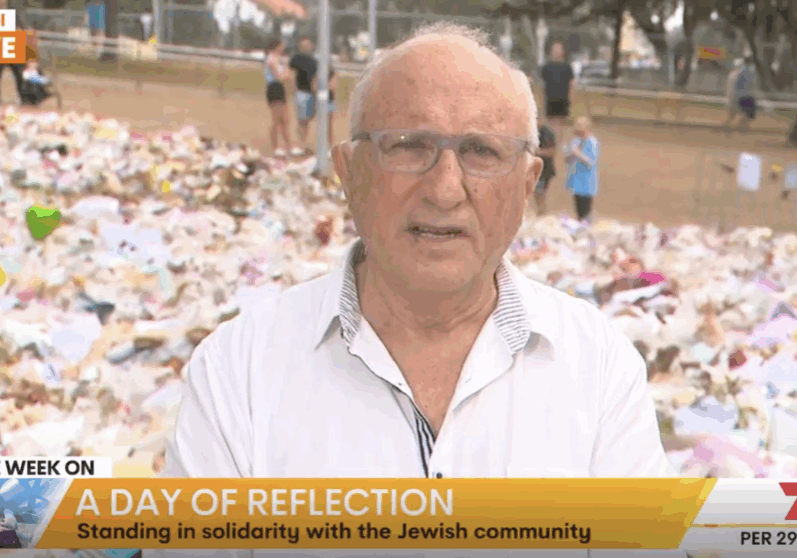
“The writing was on the wall for a number of years”: Colin Rubenstein on Channel 7 Weekend Sunrise
